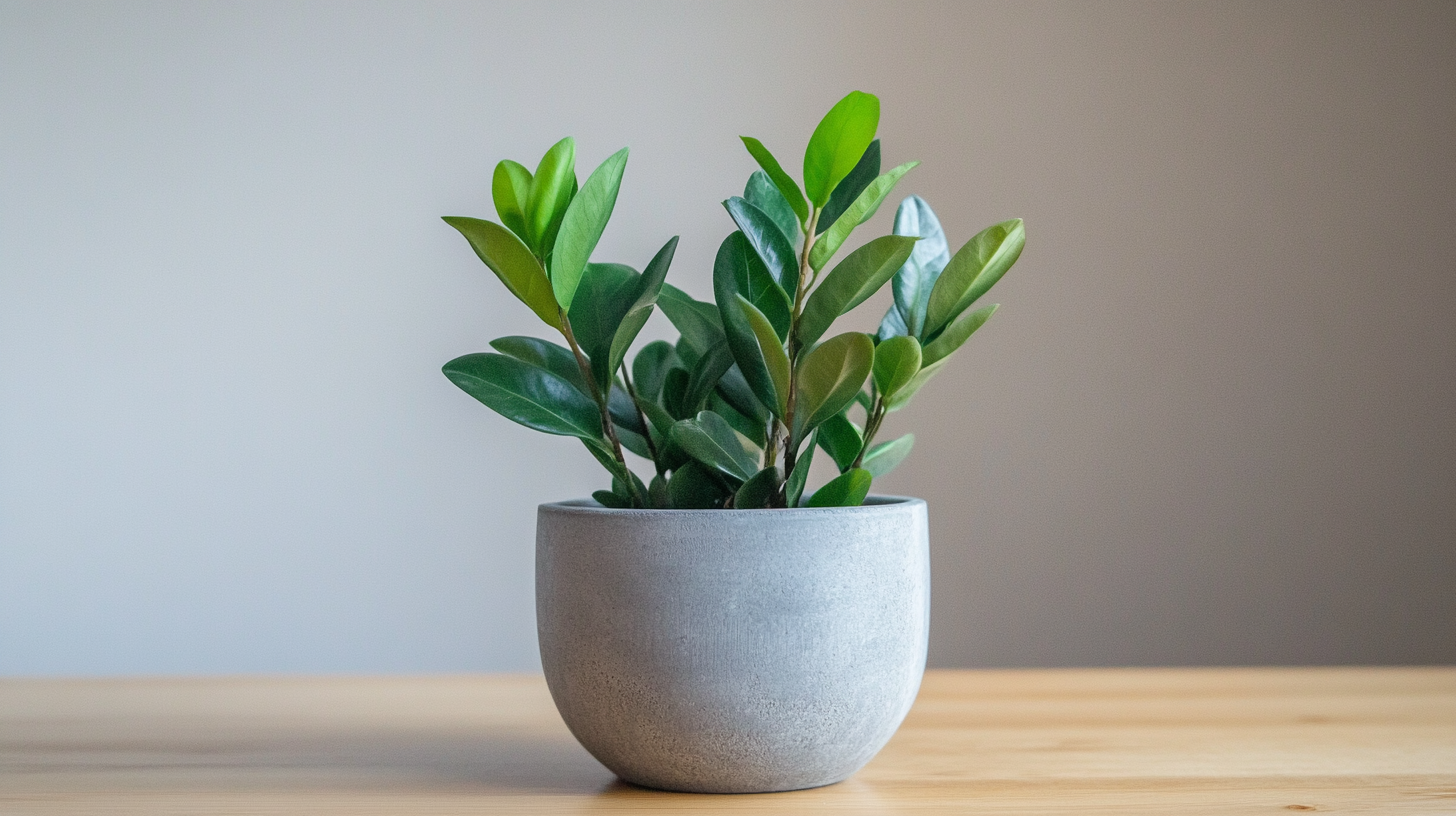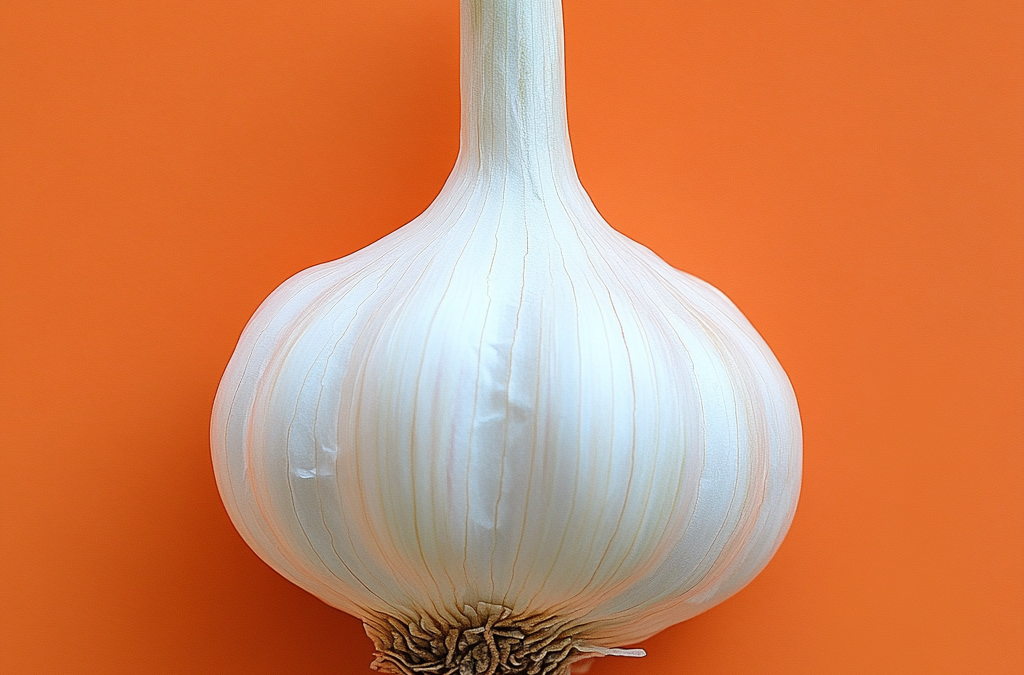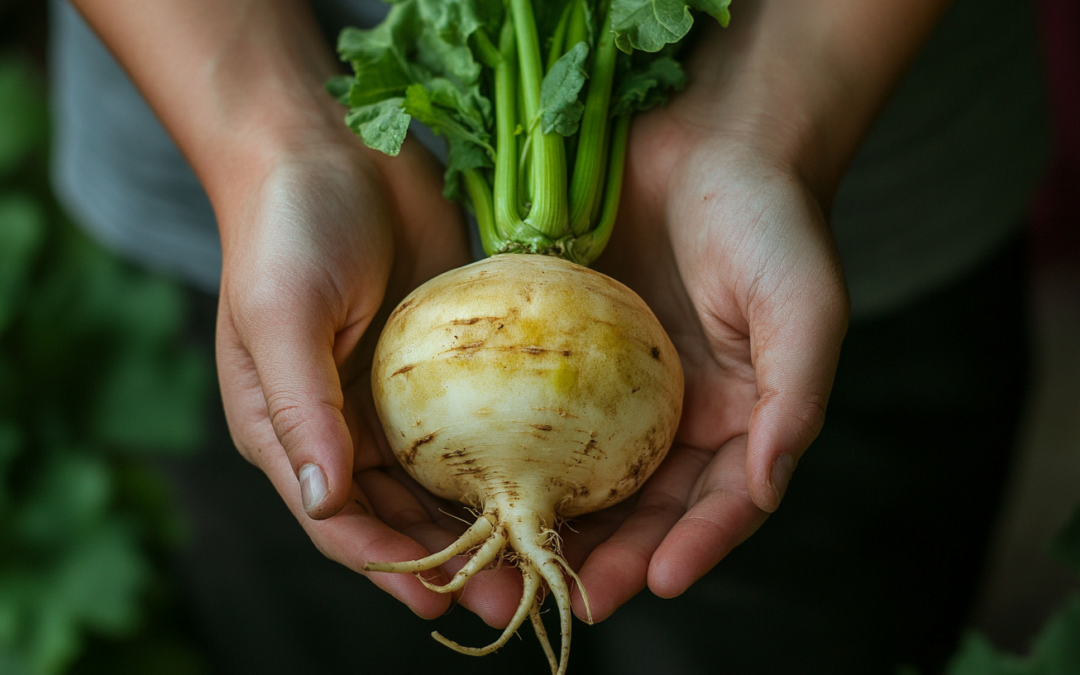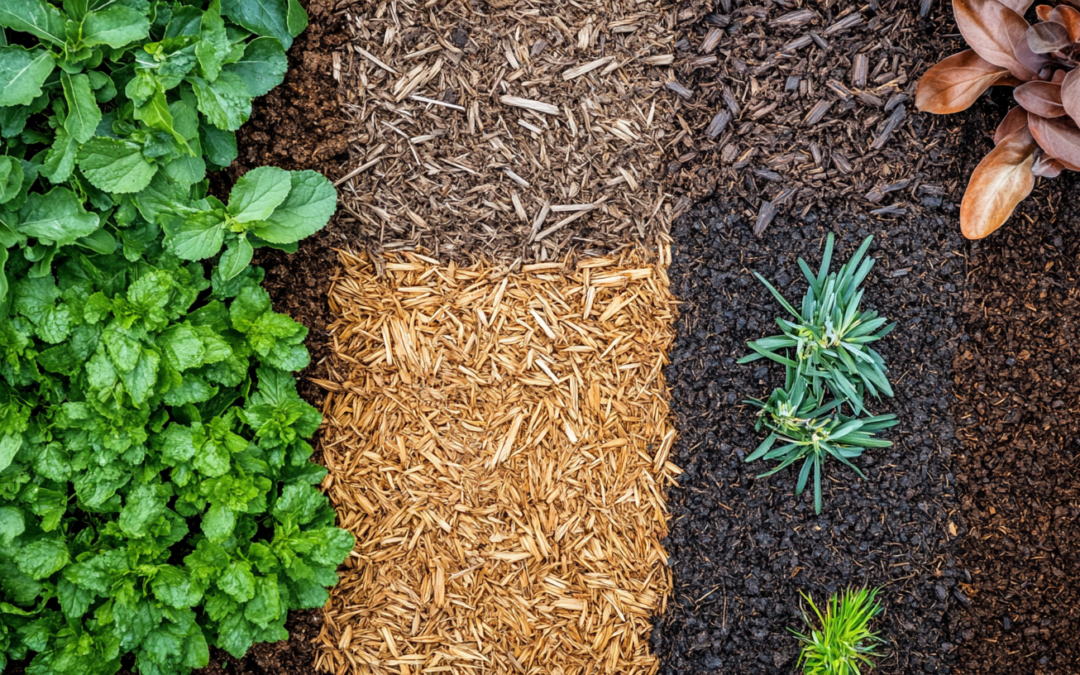Common Name: ZZ Plant
Scientific Name: Zamioculcas zamiifolia
Family: Araceae
Native To: Eastern Africa (Kenya, Tanzania, and Zanzibar)
Light Requirements: Low to bright indirect light
Watering Needs: Low—allow soil to dry out between waterings
Growth Habit: Upright, clumping
Toxicity: Toxic to pets if ingested
Overview:
The ZZ Plant (Zamioculcas zamiifolia) is a resilient and low-maintenance houseplant, making it an excellent choice for both beginner and experienced plant enthusiasts. Known for its glossy, dark green leaves and striking architectural appearance, the ZZ Plant thrives in a variety of indoor environments, from offices to homes. Its ability to tolerate low light and infrequent watering makes it one of the most forgiving plants, even in less-than-ideal conditions.
Care Tips:
- Light: ZZ Plants are incredibly adaptable when it comes to light conditions. While they prefer bright, indirect light, they can also thrive in low-light spaces. Avoid direct sunlight, which can scorch their leaves.
- Watering: This plant is drought-tolerant and does not need frequent watering. Let the soil dry out completely between waterings, and be cautious not to overwater, as the ZZ Plant is susceptible to root rot.
- Soil: Well-draining soil is essential to prevent waterlogging. A cactus or succulent mix works well, or you can add perlite to your standard potting soil for better drainage.
- Temperature: ZZ Plants prefer temperatures between 65-75°F (18-24°C) and should be kept away from cold drafts or areas with fluctuating temperatures.
- Humidity: ZZ Plants are not picky about humidity and can tolerate average indoor humidity levels.
Benefits:
- Low Maintenance: ZZ Plants are perfect for busy individuals or those who travel frequently. They require minimal attention and can go weeks without needing water.
- Air Purification: Like many houseplants, the ZZ Plant helps purify the air by removing toxins and improving indoor air quality.
- Aesthetic Appeal: The ZZ Plant’s glossy, waxy leaves add a touch of elegance to any space. Its upright growth habit and dark green foliage make it a stylish addition to modern interiors.
- Pet-Friendly (for Adults): While the ZZ Plant is toxic to pets if ingested, it is generally safe for humans to handle, making it a great option for homes with children (just be cautious with pets).
Propagation:
The ZZ Plant can be propagated through leaf cuttings or division. To propagate by leaf cutting, simply cut a healthy leaf and place it in a pot with well-draining soil. Keep it in a warm, bright location and water sparingly until roots begin to form. For division, carefully separate the plant’s rhizomes and repot them into separate containers.
Fun Fact:
The ZZ Plant is often referred to as the “eternity plant” because of its longevity and ability to thrive in less-than-ideal conditions. Some even say it’s nearly indestructible!
Whether you’re looking for a hardy houseplant for a dimly lit corner or an easy-to-care-for companion for your desk, the ZZ Plant is sure to impress with its beauty and resilience.



